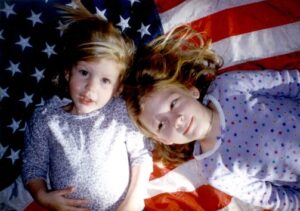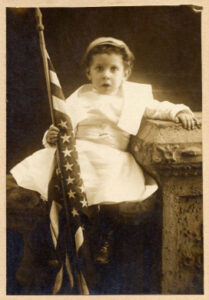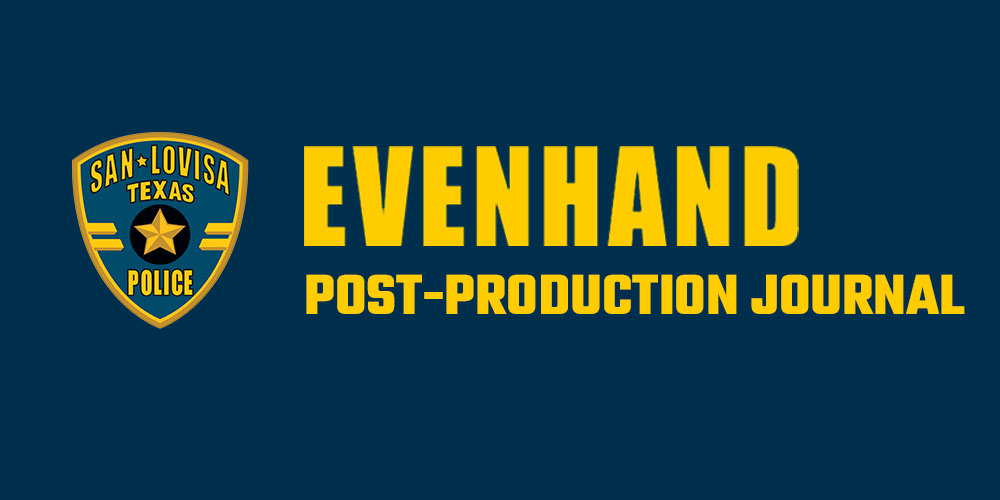
Above is a photo I took of my kids a few years ago. When my oldest daughter, Phebe, was born someone gave us an American flag dress for her. I photographed her wearing it on her first Fourth of July. Every year thereafter, I have taken an annual Fourth of July photograph of my girls. I am generally not organized enough to take the photo on the actual 4th, but I usually take the picture in the summer, with the girls sitting on a dock in Maine or New Hampshire, the sun backlighting the stars and stripes and their bleached hair. I made it a tradition because I liked the flag as a visual element, and because it evokes a time in America when our flag was a much more prevalent part of our daily lives. Maybe it was just waved more conspicuously at special events, and therefore photographed more often. In any event, there was something about it that pleased me when I included it in the photos of my girls.
* * * * * *

I was watching Helen’s soccer game the other day in Central Park. It was a beautiful October Sunday, like so many fall days we have had this year — including September 11th, which everyone in New York will forever remember for it’s almost unnatural sun-drenched cloudless clarity.
The girls were racing after the ball and the parents and coaches were yelling encouragement from the sidelines, almost always personalized: “Good job, Jessica!,” “Follow the ball, Amanda!” It was an October Sunday striking only in it’s perfect ordinariness. Whether they knew it or not, everyone there was taking great comfort in that game, in watching the girls chase the ball around the field in a little clump.
Then, halfway through the game, three giant military helicopters flew directly over the field in formation. It was as if someone muted the game for the tiniest fraction of a second. And in that second, all the fears and anxieties of the last month crept back in to our collective consciousness. But, as soon as the helicopters’ thwocking could no longer be heard, everyone was lost in the game again, although perhaps not as completely as before.
* * * * * *

From Around the World in Eleven Years, first published in 1935
My final October musing:
The girls and I were listening to Don McLean’s “American Pie” on the radio the other day. Phebe told me she knew what the song was about because they studied it in music class. She explained how “the day the music died” was the day Buddy Holly, the Big Bopper (and that other person, whose name we couldn’t remember) died in an airplane crash. We talked about the song as it played, about the early years of Rock & Roll and about that period in history. At the end of the song she looked at me and said “That must have been a sad time to be alive.” I found her innocence utterly heartbreaking.
– Joseph Pierson


A found photograph


